06:25
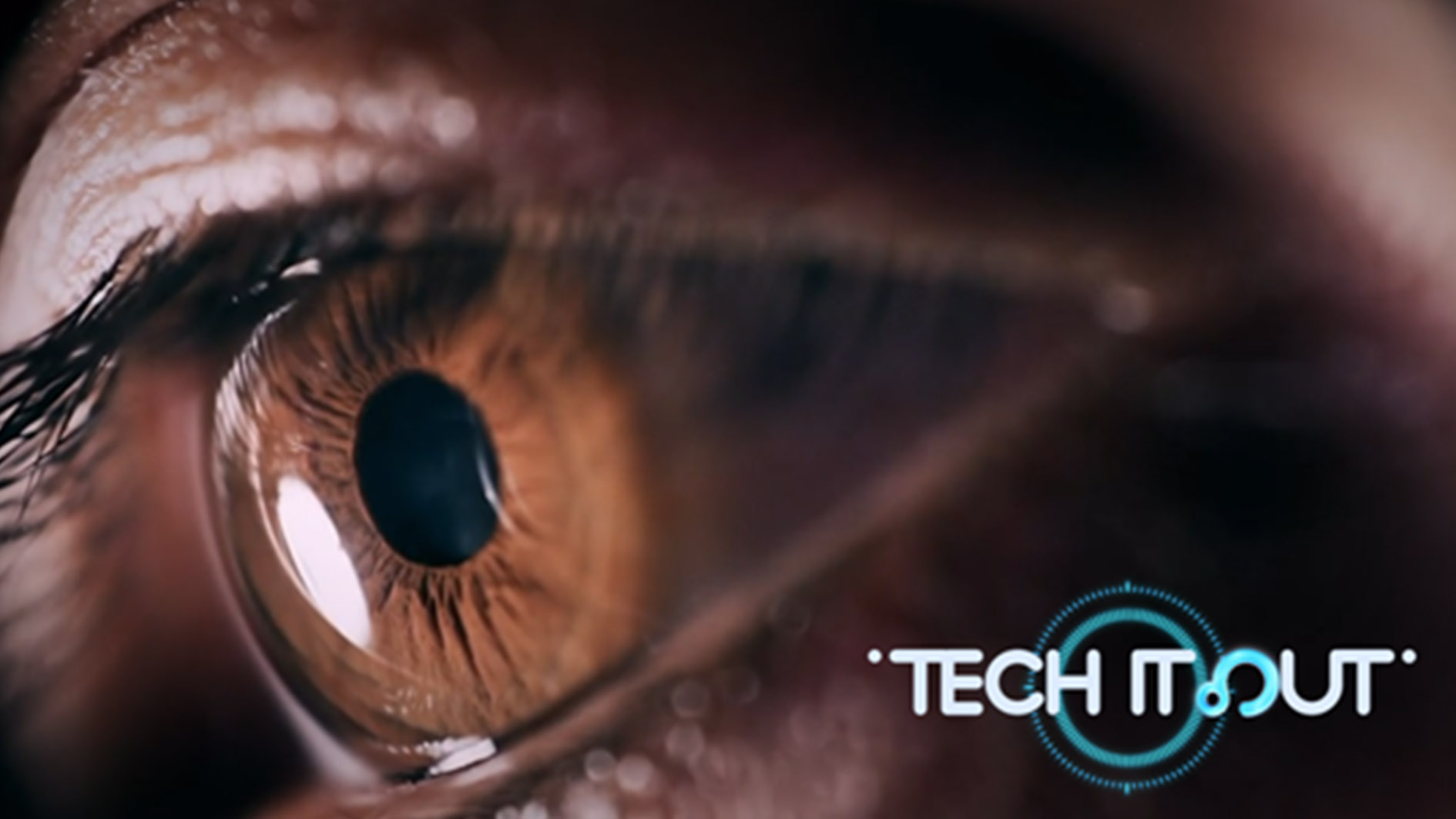
Over 100 million people across China live with diabetes. One of its major complications is diabetic retinopathy, or DR, a leading cause of blindness. DR gradually blocks one's vision before eventually taking it away forever. Experts believe if the treatment can be started at an early stage, more than 90 percent of cases can be blocked.
Despite early intervention proving effective, carrying it out in China is another story. As a country with population of 1.4 billion, China has only about 30,000 eye doctors and most of them are concentrated in big cities.
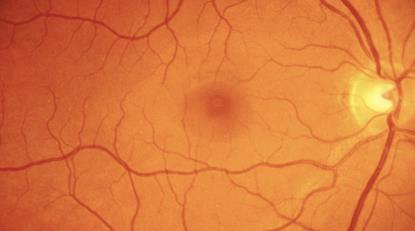
Doctors can recognize diabetic retinopathy by reading a retinal image. /VCG Photo
Doctors can recognize diabetic retinopathy by reading a retinal image. /VCG Photo
Since 2013, Prof. Jia Weiping, President of the Chinese Diabetes Society, has started to lead a national retina screening. Computer scientists has been involved in her joint medical team to provide a cutting edge technology to fill in the huge gap between so much patients and so little doctors. Now this joint team is seeing an easier ophthalmic future, one powered by artificial intelligence (AI).
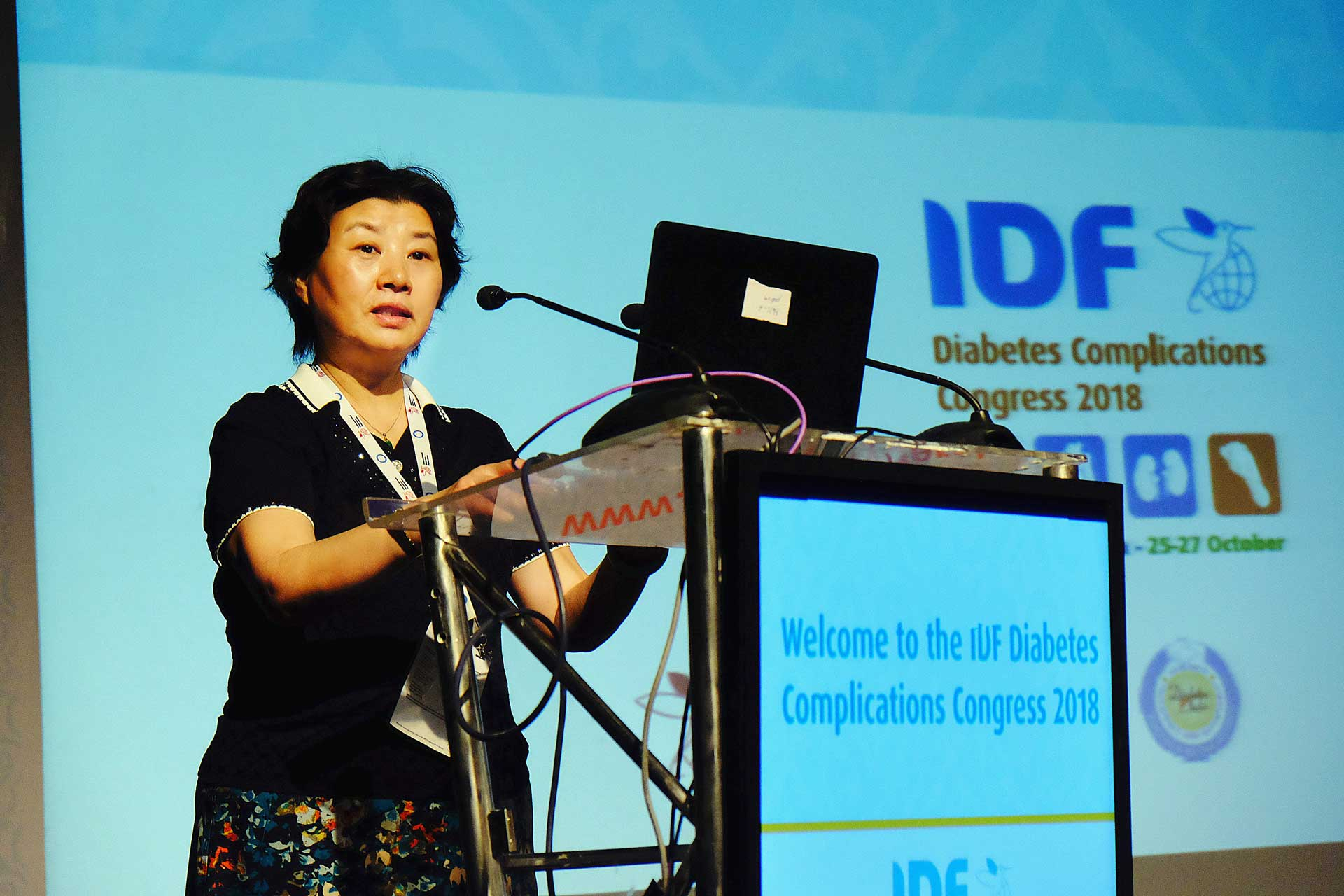
Prof. Jia Weiping, president of the Chinese Diabetes Society, has led joint research team to fight diabetic retinopathy since 2013. /CGTN Photo
Prof. Jia Weiping, president of the Chinese Diabetes Society, has led joint research team to fight diabetic retinopathy since 2013. /CGTN Photo
The human brain and eyes are masterpieces of evolution. The brain makes sense of what our eyes show us. You can effortlessly tell a pattern. But for a computer, it suddenly becomes extremely difficult. Professor Sheng Bin from the Computer Science Department at Shanghai Jiao Tong University cited an example: "When our brain tries to identify the number nine, it instantly helps us to eliminate a lot of the distractions. But when we try to write those rules down and expressed them algorithmically, we find it a difficult task to accomplish."
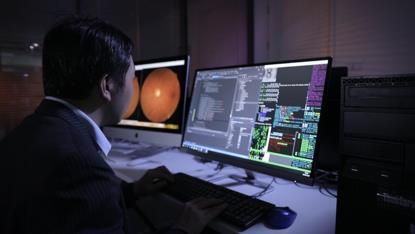
Professor Sheng Bin working in the lab. /CGTN Photo
Professor Sheng Bin working in the lab. /CGTN Photo
To see like a human, the machine needs to function like the human brain. Scientists now use a new type of algorithm called a neural network to mimic the brain.
Professor Sheng's team has set up an input layer, an output layer and a number of hidden layers. When there is a new image input into the neural network, like from the discharge of our neural cells, information will be sent layer by layer to the output layer, and finally, scientists get the results of what they supposed to have.
For instance, to recognize a handwritten figure, like the digit "9," the network will first divide the image into pixels and put them into the first layer starting process. Each layer in this network specializes in extracting specific features. First few layers break down the images into larger chunks of patterns. A "9" is made up with a loop on the top and a vertical line on the bottom right. The next layers look for some lower-level features – smaller edges and corners that make up those patterns. As the recognition process breaks down into more sub-problems, the network captures more features that help convince it that this image is nothing other than the digit "9."
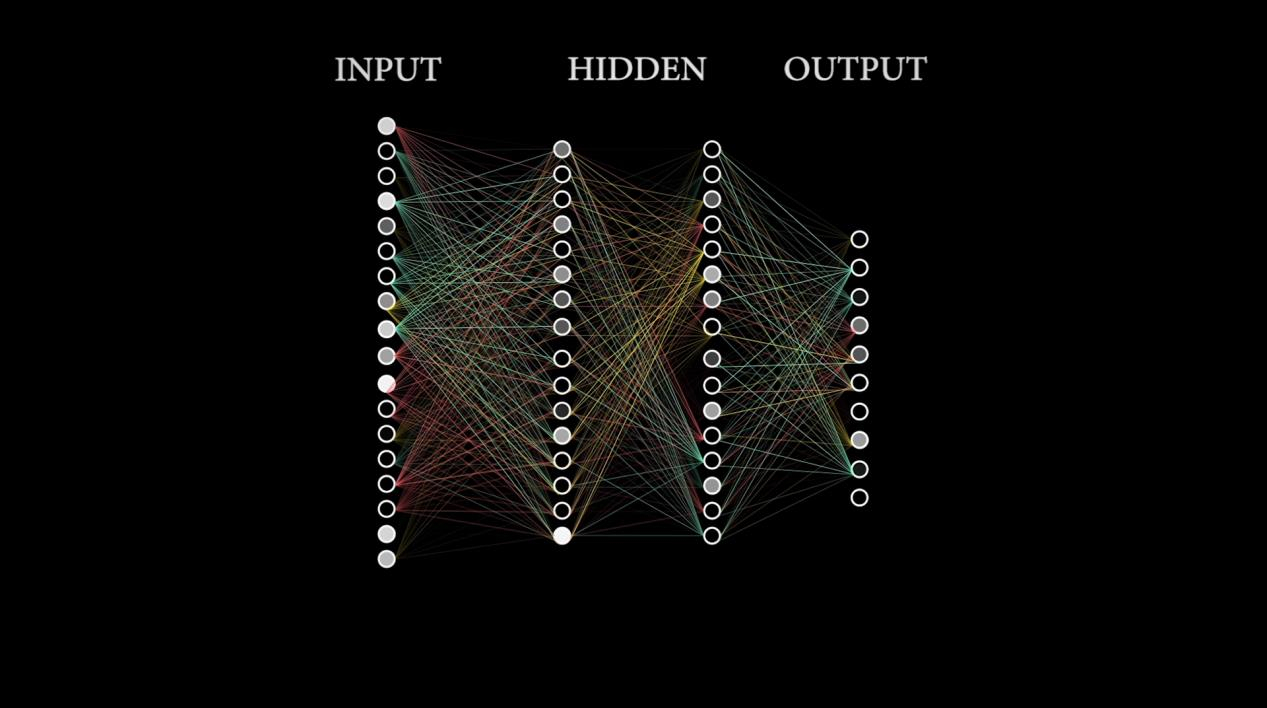
Machine learning depends on an algorithm called neural network that mimics how human brain function. /CGTN Photo
Machine learning depends on an algorithm called neural network that mimics how human brain function. /CGTN Photo
Professor Sheng added that their neural networks, like babies' brains, had no reserve of knowledge at the beginning. And the scientists have to constantly feed them with some of the training data. By increasing the amount of data, they will make the network more and more accurate.
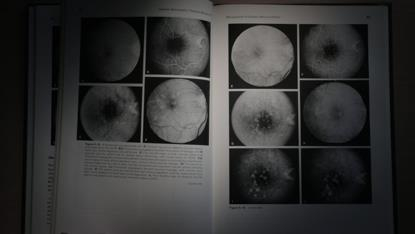
Machine learning depends on an algorithm called neural network that mimics how human brains function. /CGTN Photo
Machine learning depends on an algorithm called neural network that mimics how human brains function. /CGTN Photo
It may seem meaningless to have a machine to recognize digits. But what if that machine can be trained to read retinal images and detect the early risks of diabetes? As Professor Wu Qiang of the ophthalmology department at the 6th People's Hospital of Shanghai told CGTN, the excitement over neural networks comes from only needing to show it retinal images with diabetic retinopathy. It will find the features and slowly create a sort of "special intuition" to similar images. Then the scientists will go to another group of patients to test whether the system can fully identify their diseases to ensure its accuracy.
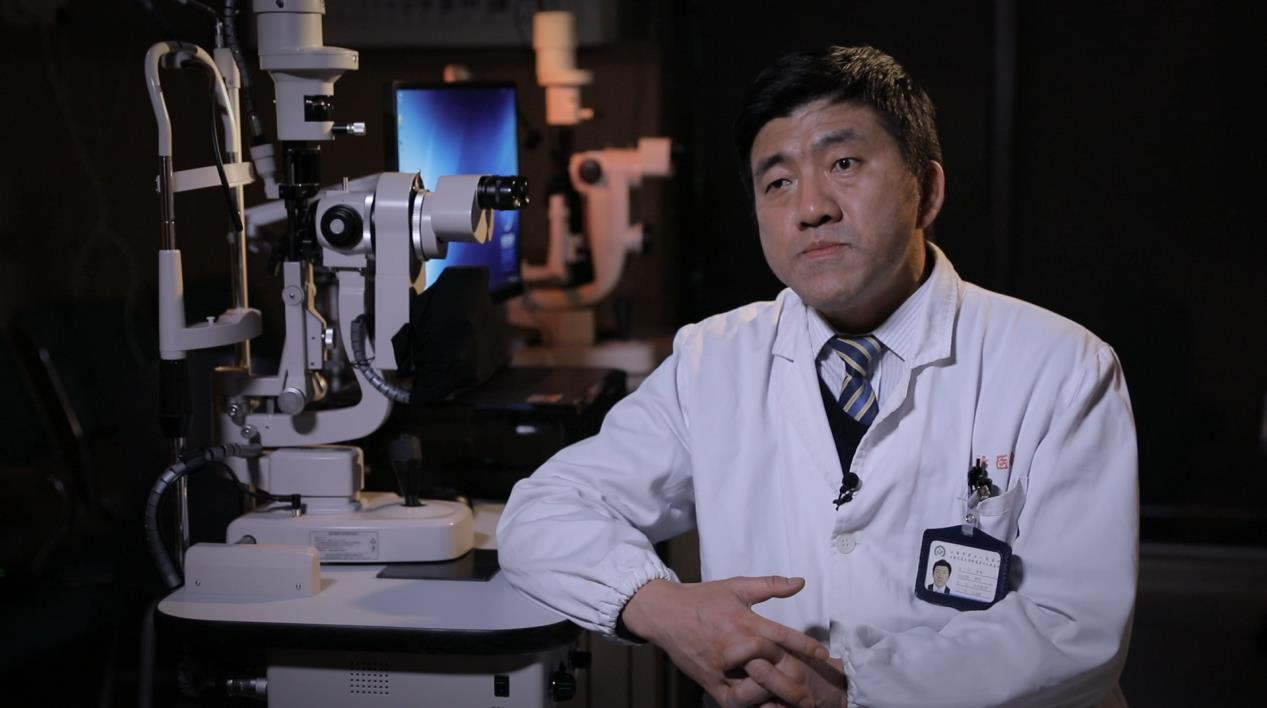
Professor Wu Qiang from the 6th People's Hospital of Shanghai. /CGTN Photo
Professor Wu Qiang from the 6th People's Hospital of Shanghai. /CGTN Photo
However, a neural network trained this way can only tell if you have the disease, but can't explain its diagnosis. The machine can also be shown images with distinctive spots or bleeding circled by human doctors, and it can then learn to recognize the sign of disease. A well-trained AI device will be loaded on to portable equipment or even a handset, to be deployed in more clinics around China.
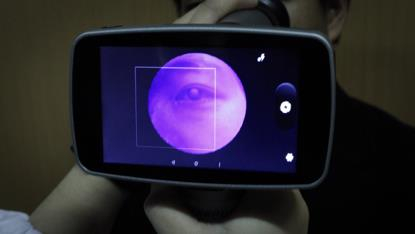
AI program could be loaded in portable equipment and deploy to a remote area. /CGTN Photo
AI program could be loaded in portable equipment and deploy to a remote area. /CGTN Photo
As machines started seeing more retinas, scientists have found that they started seeing things people didn't know were possible – things that have nothing to do with your eyes.
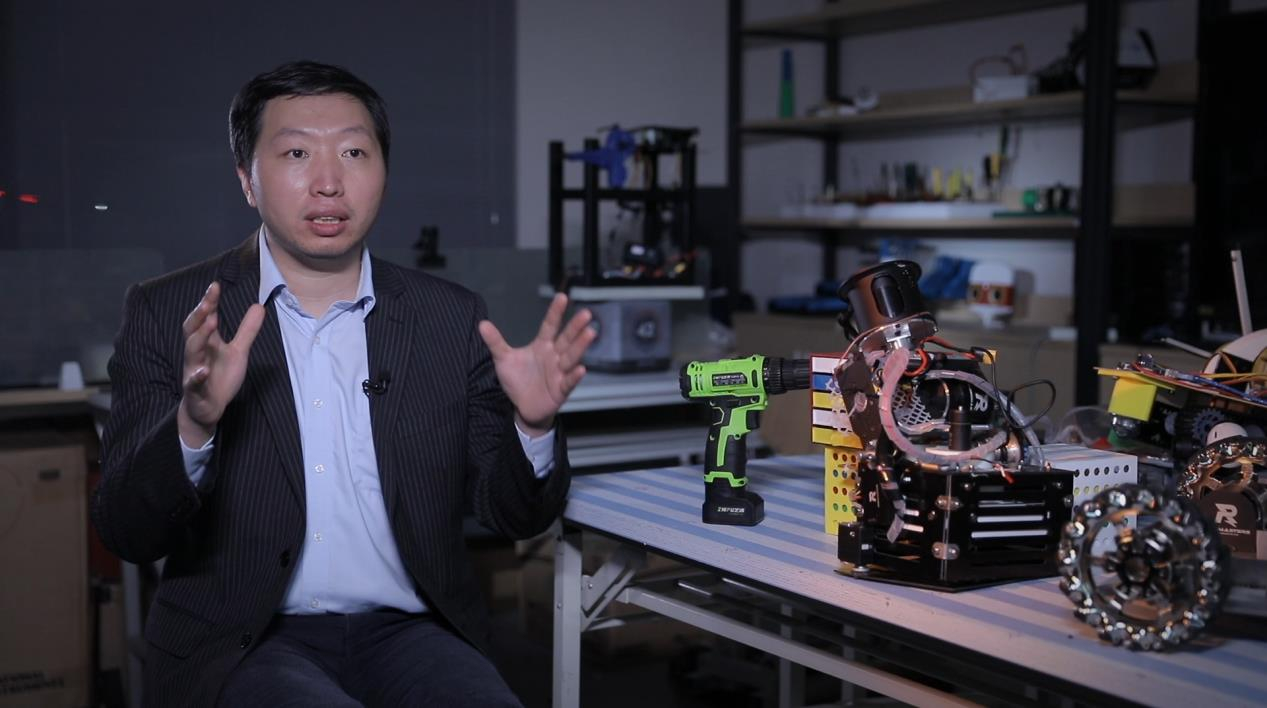
Professor Sheng Bin from Shanghai Jiao Tong University. /CGTN Photo
Professor Sheng Bin from Shanghai Jiao Tong University. /CGTN Photo
Professor Sheng said the neural network, by looking at the fundus images, can identify other diseases, like diabetes, kidney disease, diabetes, hypertension, and age, which is beyond the reach of an ordinary human physician. “Because he or she has not been trained in this kind of knowledge, and this is a new kind of knowledge," added Sheng.
He also believed some of the knowledge humans acquire can be summed up through books, but much knowledge is actually hidden in the depths of the brain and can only be interpreted as unconscious experiences. But machine learning can solidify and record these hidden experiences in human models at the same time, which gives it a very strong expressive power.
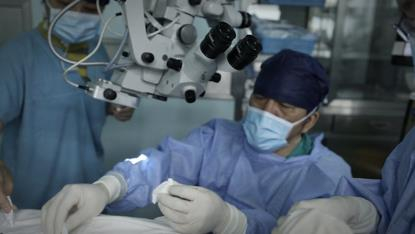
Professor Wu performing a surgery. /CGTN Photo
Professor Wu performing a surgery. /CGTN Photo
Professor Wu said this remote treatment means a lot to patients in the far rural areas. “It can follow-up on early disease diagnosis and preventive care, especially for those diseases with a high incidence rate. So this will actually be good for the whole society, good for the whole human race."











